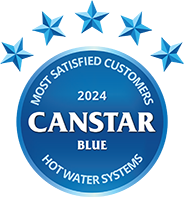Our review compares hot water systems on customer satisfaction, so you can find out what other Aussies think about the compared brands before you go ahead with a purchase. Think of it as like asking hundreds of your closest mates which hot water system they think is best!
Canstar Blue surveyed 968 Australians for their feedback on the new hot water system(s) they’ve purchased for their home in the last five years.
The winning brand is the one that receives the highest overall satisfaction rating once all the scores from the overall satisfaction criteria are combined and averaged.
Find more detailed information on our Most Satisfied Customer methodology.
Solahart is an Australian-owned company that offers a range of renewable energy solutions for homes and businesses. Along with hot water systems, Solahart offers solar power systems, solar battery storage, solar-smart electric water heaters, heat pumps and EV chargers.

This article was written by Canstar Blue Home & Lifestyle Content Producer, Rachel Bollerman. Rachel graduated with a Bachelor of Communications, majoring in Journalism at the Queensland University of Technology in 2021. She has worked in public relations, marketing and communications roles at Jessica Cotton PR & Marketing and the Institute for Urban Indigenous Health . Gaining experience in broadcast journalism and blog writing, Rachel has also interned at 4ZZZ Community Radio and Fishburners.
When she’s not working, Rachel enjoys doing arts and crafts projects at home, watching true crime and spending time with friends. You can follow Rachel on LinkedIn.

Samantha Howse is Canstar Blue’s Consumer Research Specialist, coordinating the consumer research program behind our customer satisfaction awards across Canstar and Canstar Blue in Australia and New Zealand. Sam has earned a Bachelor of Business (Marketing) from Griffith University and, with seven years in market research and two years in marketing, she is experienced in survey design, implementation and analysis, coupled with an understanding of marketing principles and best practice.
Here are the past winners from Canstar Blue’s hot water system ratings:
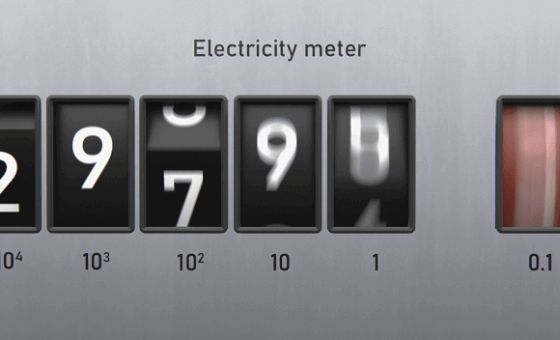
Best-Rated Electricity Providers for Business - May 1st
Canstar Blue has calculated the average electricity cost per kWh across Australia. Learn more about kWh costs in this guide.
– Read more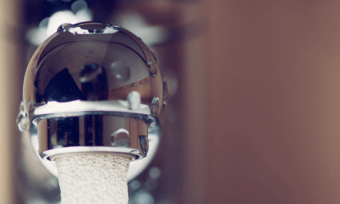
Best-Rated Hot Water Systems - March 3rd
Hot water systems largely contribute to electricity costs. See how you can reduce your hot water bill with Canstar Blue.
– Read more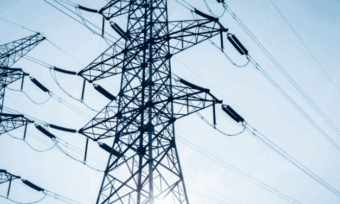
Best-Rated Electricity Providers for Business - February 19th
What’s the average electricity bill in Australia? Canstar Blue breaks down household energy costs by state, capital city and household size.
– Read more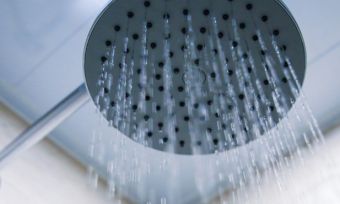
Best-Rated Hot Water Systems - November 22nd
Learn everything you need to know about Origin Energy hot water systems and bills in this Canstar Blue guide.
– Read more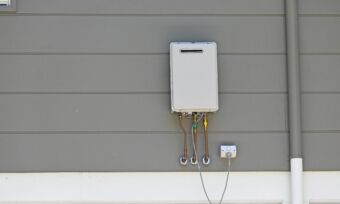
Appliances - September 6th
A new hot water system can be a sizable investment for a household but knowing which one suits your needs and your property can help you save on purchase and installation costs. This Canstar Blue …
– Read more^By clicking on a shop online, compare now, buy online, more details or check latest prices button, you may leave Canstar Blue and be taken to a referral partner to compare. Canstar Blue may be paid for this referral. You agree that Canstar Blue’s terms and conditions apply to this referral. If you click on a brand that is not a referral partner, you will be taken to a brand page on Canstar Blue.
Canstar Blue may earn a fee for referrals from its website tables, and from sponsorship of certain products. Fees payable by product providers for referrals and sponsorship may vary between providers. Generally, sponsorship fees are payable in addition to referral fees. Sponsored products are clearly disclosed as such on website pages. They may appear in a number of areas of the website such as in comparison tables, on hub pages and in articles. Sponsored products may be displayed in a fixed position in a table, regardless of the product's rating, price or other attributes. The table position of a Sponsored product does not indicate any ranking or rating by Canstar. The table position of a Sponsored product does not change when a consumer changes the sort order of the table. For more information please see How Are We Funded. Payment of fees for ads does not influence our Star Ratings or Awards.
*Prices correct as of publication date.
